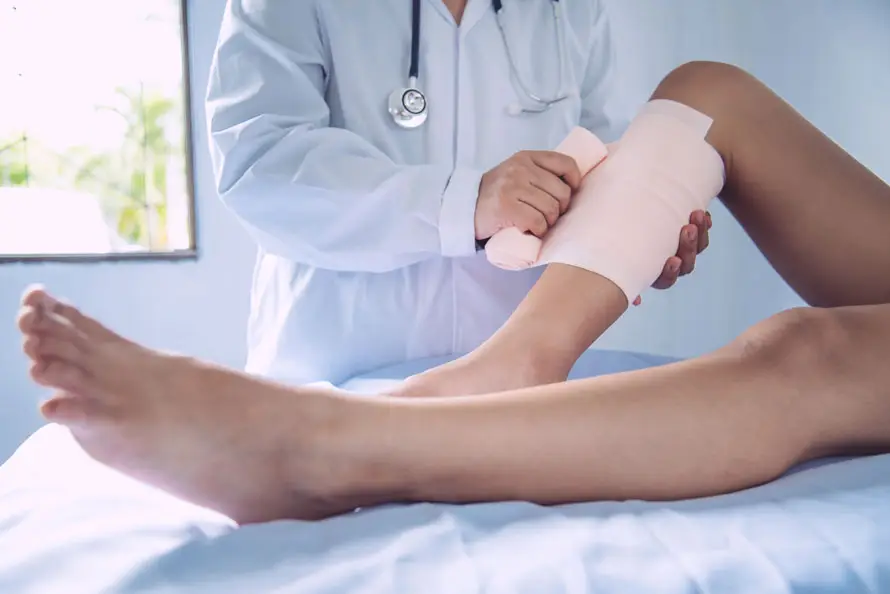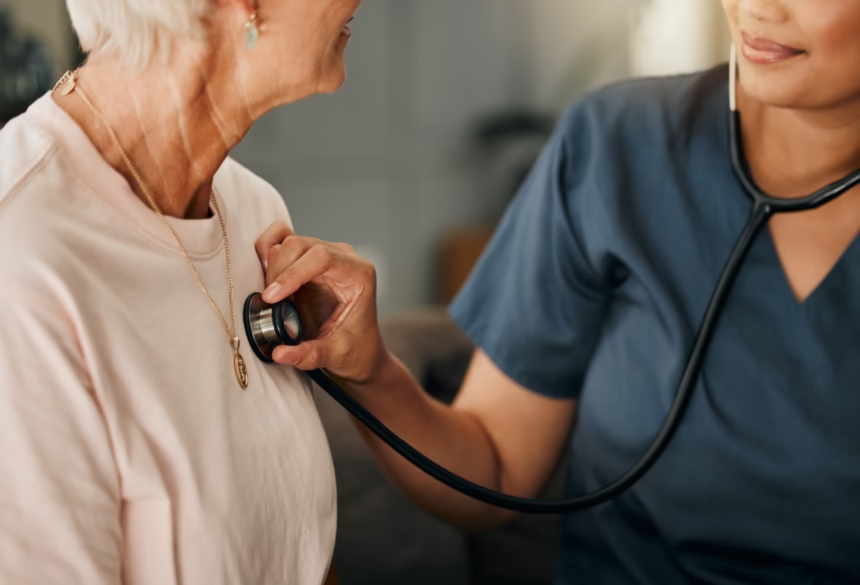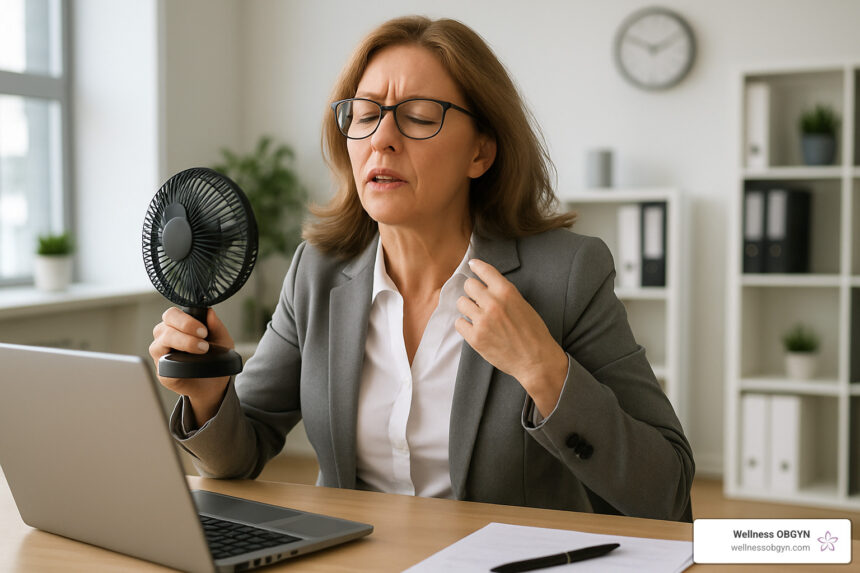Orthopedic injuries are among the most common health issues people face—affecting everyone from athletes to office workers to senior citizens. Whether it’s a sprained ankle, a broken bone, or chronic joint pain, orthopedic injuries can significantly impact your mobility, independence, and quality of life.
In this article, we’ll explore the most common orthopedic injuries, their causes, symptoms, and treatment options, along with tips for prevention and recovery.
🦴 What Are Orthopedic Injuries?
Orthopedic injuries affect the musculoskeletal system, including:
- Bones
- Joints
- Ligaments
- Tendons
- Muscles
- Cartilage
These injuries can occur suddenly (acute) or develop over time due to repetitive stress or wear and tear (chronic).
🩹 Common Types of Orthopedic Injuries
1. Fractures (Broken Bones)
Causes: Falls, direct trauma, accidents, osteoporosis
Symptoms: Sudden pain, swelling, bruising, inability to move or bear weight
Treatment: Immobilization (cast/splint), surgery (in severe cases), physical therapy
2. Sprains and Strains
- Sprain: Ligament injury (connects bone to bone)
- Strain: Muscle or tendon injury (connects muscle to bone)
Causes: Twisting motions, sports injuries, poor posture
Symptoms: Pain, swelling, bruising, limited movement
Treatment: RICE method (Rest, Ice, Compression, Elevation), anti-inflammatory meds, physical therapy
3. Dislocations
Causes: Trauma or impact causing a joint to pop out of its normal position
Symptoms: Visible deformity, intense pain, swelling, immobility
Treatment: Reduction (manually putting the joint back), immobilization, rehab
4. Torn Ligaments (e.g., ACL Tears)
Causes: Sports injuries, abrupt direction changes, falls
Symptoms: Popping sound, instability, swelling, limited range of motion
Treatment: Physical therapy, bracing, surgical repair (depending on severity)
5. Tendonitis
Causes: Overuse, repetitive motions (e.g., tennis elbow, rotator cuff tendonitis)
Symptoms: Dull ache, tenderness, swelling, weakness
Treatment: Rest, ice, physical therapy, corticosteroid injections, sometimes surgery
6. Carpal Tunnel Syndrome
Causes: Repetitive hand movements, poor ergonomics, nerve compression
Symptoms: Numbness, tingling, weakness in hand/fingers
Treatment: Wrist splints, physical therapy, ergonomic adjustments, surgery (in severe cases)
7. Herniated Discs / Spinal Injuries
Causes: Lifting injuries, accidents, degeneration
Symptoms: Back pain, numbness, leg pain (sciatica), muscle weakness
Treatment: Rest, physical therapy, medication, epidural injections, surgery
🧠 How Are Orthopedic Injuries Diagnosed?
Diagnosis usually involves:
- Physical examination
- Patient history and symptoms
- Imaging tests: X-rays, MRI, CT scans, or ultrasound
- Range of motion and strength tests
Early and accurate diagnosis ensures quicker, more effective treatment and better recovery outcomes.
🛠️ Treatment Options for Orthopedic Injuries
1. Non-Surgical Treatments
- Rest and immobilization
- Physical therapy and rehabilitation
- Medications (anti-inflammatory, pain relief)
- Braces, orthotics, or splints
- Injections (steroids, PRP)
2. Surgical Treatments
In severe cases or when conservative methods fail:
- Arthroscopy (minimally invasive joint surgery)
- Fracture fixation with rods, screws, or plates
- Joint replacement (hip, knee, shoulder)
- Tendon or ligament reconstruction
🛡️ Prevention Tips for Orthopedic Injuries
- Warm up before exercising
- Use proper equipment and technique in sports
- Maintain a healthy weight to reduce joint stress
- Incorporate strength and flexibility training
- Wear appropriate footwear
- Take breaks from repetitive tasks
🧑⚕️ When to See an Orthopedic Specialist
Seek medical attention if you:
- Experience severe or prolonged pain
- Can’t move a joint or limb normally
- Notice swelling or bruising that worsens
- Hear popping or cracking during movement
- Are unable to bear weight or function normally
Early treatment can prevent complications and speed up recovery.
FAQs About Orthopedic Injuries
Q1: Can orthopedic injuries heal on their own?
A: Minor sprains or strains may heal with rest, but more serious injuries like fractures or ligament tears require medical intervention.
Q2: How long does recovery usually take?
A: It varies—mild injuries may heal in a few weeks, while surgeries like ACL reconstruction may require months of rehab.
Q3: Are orthopedic injuries only common in athletes?
A: No, they can happen to anyone, especially those with active lifestyles, physical jobs, or age-related degeneration.
Q4: Is surgery always necessary for orthopedic injuries?
A: No. Many conditions can be managed non-surgically through physical therapy, medications, and lifestyle changes.
Q5: What’s the difference between a fracture and a sprain?
A: A fracture is a broken bone; a sprain is an injury to ligaments connecting bones.
Q6: Can I prevent orthopedic injuries during exercise?
A: Yes—use proper form, warm up, wear supportive shoes, and avoid overtraining.
Q7: Are orthopedic injuries covered by insurance?
A: Most health insurance plans cover treatment for orthopedic injuries, including diagnostics, physical therapy, and surgery.
Q8: What specialists treat orthopedic injuries?
A: Orthopedic surgeons, sports medicine doctors, physical therapists, and pain management specialists are commonly involved.
🏁 Conclusion: Don’t Ignore the Signs—Early Treatment Is Key
Orthopedic injuries are common, but they don’t have to control your life. By recognizing the symptoms early, seeking appropriate treatment, and following through with rehabilitation, you can recover fully and get back to doing the things you love.
Your bones and joints carry you through life—take care of them today for a stronger tomorrow.










